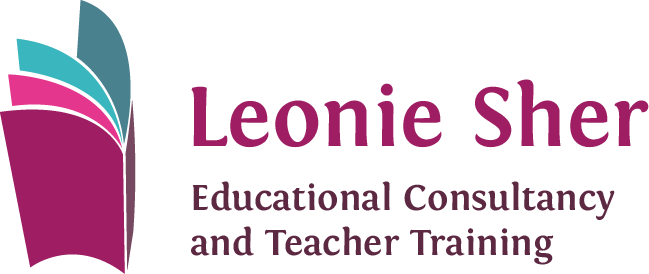Schools often provide different assemblies for the children depending on the Jewish festival to be celebrated. Sometimes the children sit passively and are talked to by their teachers. They have to listen rather than engage with the subject. This situation often results in restlessness and misbehaviour. They meet the adults’ needs to be seen to be “doing something” rather than provide a worthwhile learning experience for the children.
Let us try to analyse what would be deemed a worthwhile, child friendly experience. Young children learn best when they are physically engaged with the subject, when they can move around and when the activity enables them to participate in short enjoyable and meaningful activities. When parental audiences are involved teachers think the performance must be perfect or else it will reflect on their effectiveness as an educator. What is the result – endless rehearsals, unhappy children and angry teachers.
I recently attended a Tu B’shvat assembly which contained the following ingredients.
- The children were fully involved in the activities
- There were lots of fruits for them to eat – we know how children love having something to eat
- They were dressed in simple green and brown outfits for the boys and floral dresses for the girls
- Chairs were provided for the parents alongside their children
- Appropriate songs were sung containing lots of movement
- The Rabbi spoke appropriately to the age group, 4 to 7 year olds, enabling them to be aware of the wonderful world we live in and how they have a responsibility to take care of it
- The rabbi involved the children in his talk asking them appropriate questions
- There was an activity for the children and parents to complete together
All in all, this was an enjoyable, educationally sound and child friendly assembly.


Sorry, comments are closed for this post.